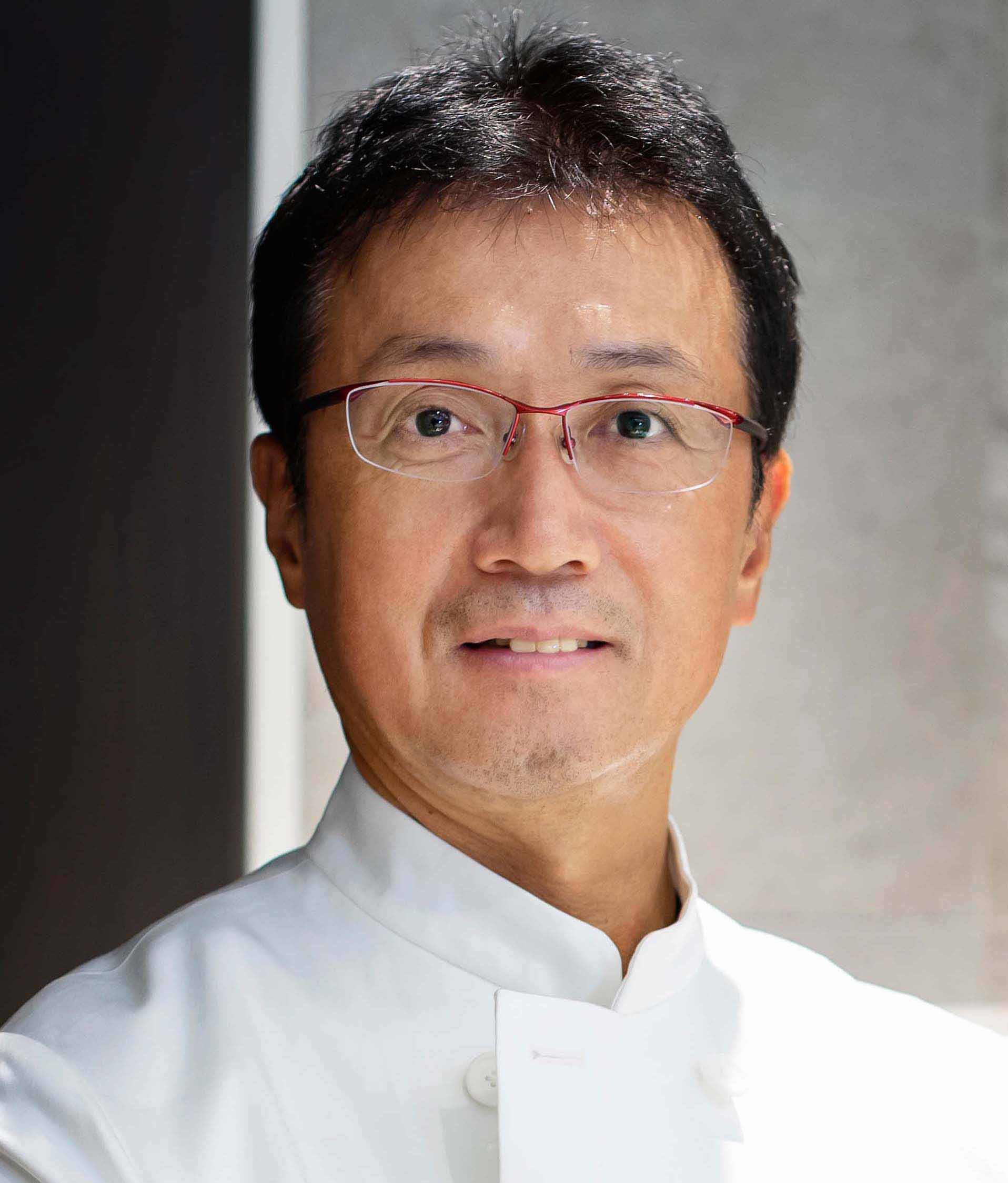The Japan Shoulder Society has been promoting education and research on cutting-edge medical technologies and discoveries in collaboration with related academic societies in Japan, such as the Japanese Orthopaedic Association, in order to achieve the objective of “Toward the advancement and dissemination of shoulder joint medicine to contribute to people’s welfare.” Shoulder surgeons in Japan have witnessed two major innovations over the last 20 years. One is shoulder arthroscopy around 2000. Another is reverse shoulder arthroplasty that was introduced in 2014, followed by the increasing use of anatomic shoulder arthroplasty. These two medical innovations form the backbone of clinical practice for modern shoulder surgeons.
Dr. Hiroyuki Sugaya, the fifth president, is a global pioneer of shoulder arthroscopy. During his presidency, collaborations between the Japan Shoulder Society and various overseas academic societies advanced significantly, promoting globalization of the Society. Under the fourth president Hiroyasu Ikegami, former congress president of the Japanese Society for Fracture Repair, the Society made great strides in the clinical application of reverse shoulder prostheses, particularly for fractures, in cooperation with the Japanese Society for Fracture Repair.
Assuming the position of the President of the Japan Shoulder Society, I have identified two challenges. One is to strengthen the Society. After the COVID-19 pandemic, prices steeply increased due to destabilized international affairs and inflation in the United States, etc., but this revealed the weak financial base of the Japan Shoulder Society. Expanding membership is essential for strengthening the Society. I believe that we must establish a healthy and stable financial foundation by reevaluating various financial matters.
Another is revitalizing the Society. While some may consider the Japan Shoulder Society to be already active, many disease guidelines have been developed in other orthopedic areas, while no guidelines have been developed for shoulder joint diseases. I think it is important to foster an environment where our Society can take the initiative in developing such guidelines.
In addition, while aging of the population is inevitable in the future of our country, the Japan Shoulder Society has not been frequently involved in prevention and treatment of osteoporosis, frailty and locomotion syndrome. The Japan Shoulder Society may be able to play an active role in medical care for the elderly and nursing care through diagnosis, surgical methods, subsequent physical therapy of osteoporotic proximal humerus fracture, among other areas.
I would also like to increase the number of female members to expand the Society’s size and develop new opportunities for their success. Opportunities for not only female doctors but also female physiotherapists and occupational therapists have not been sufficiently explored, and it may be necessary to create such opportunities for female members to energize our organization.
In conclusion, there are many issues for the Japan Shoulder Society to tackle, and I am committed to making every effort to promote the Japan Shoulder Society and to enhance the benefits it provides to its members. Your continued support is greatly appreciated.

